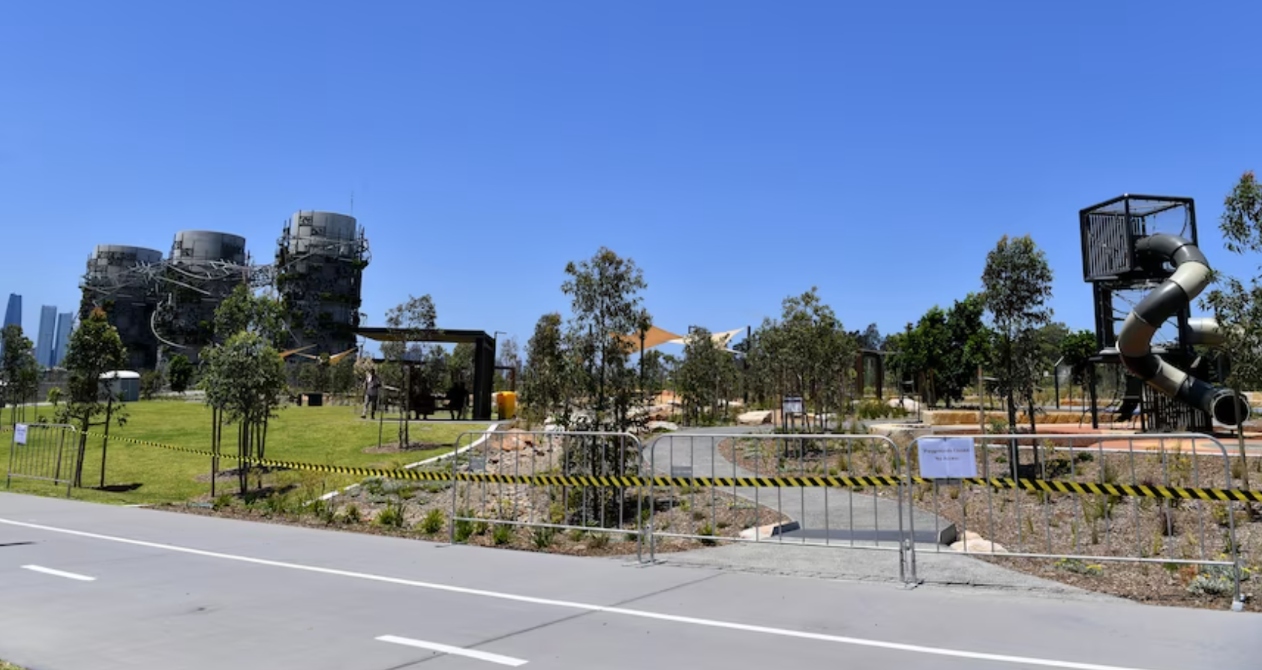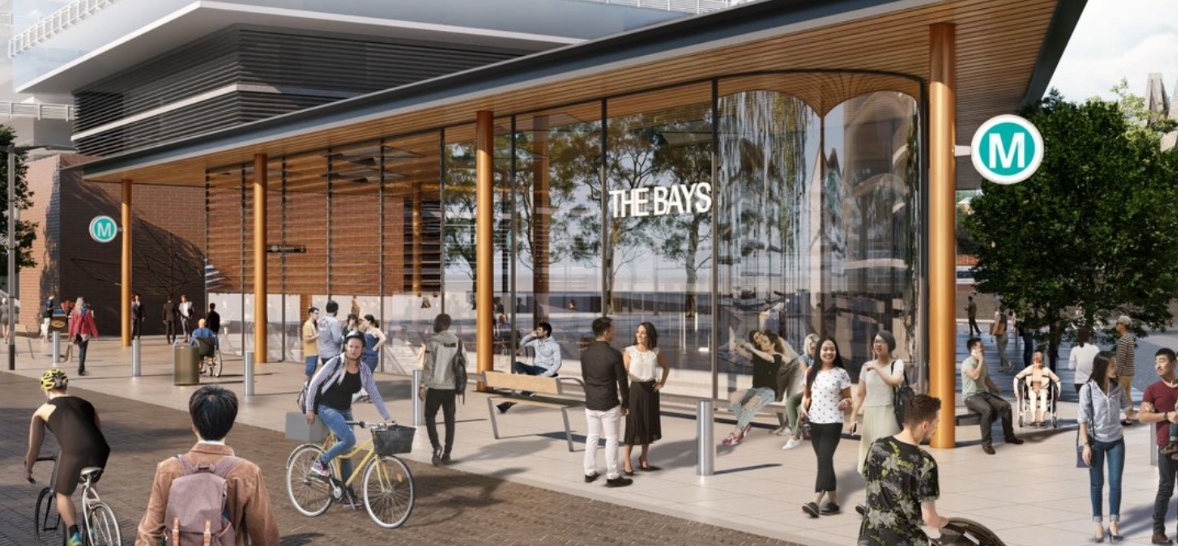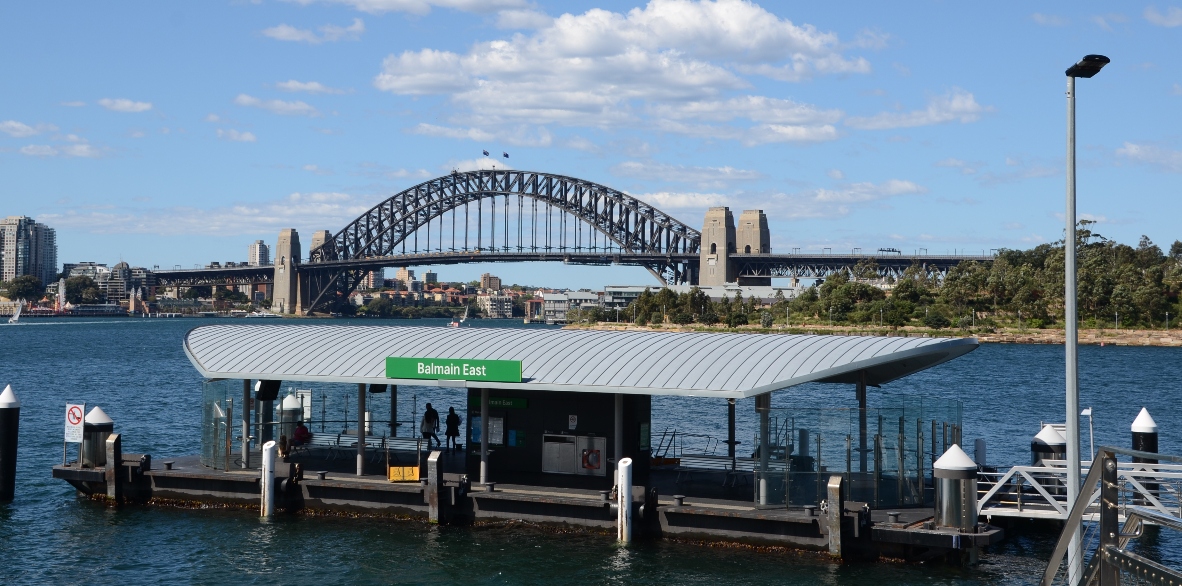
Housing Mill Stone for Summer Hill
By Lauren O’Connor
Conversion of the historic Summer Hill Flour Mill into residential and commercial buildings was scheduled to begin in December but critics of the project warn it’s too large for the suburb.
Under the plans to reinvent the industrial Flour Mill, four new high-rise buildings are to be built along Edwards and Smith Street including 443m2 of space for retail, café and open-air markets.
During phase one an estimated 127 new dwellings will be built and Greens spokesman for Planning John Kaye raised concern the influx of residents brought with them may “impose completely unreasonable traffic burdens” on Summer Hill.
“This is a small suburb with relatively small houses and relatively low population densities. suddenly in the heart of it there’s a large development that will impose a huge increase in population and a substantial increase in traffic noise and in congestion,” he said.
Kaye said there was no evidence that residents of the flourmill will abandon private transportation and use the nearby Lewisham West light-rail. EG Management Funds claims the Flour Mill “has its own light rail-station,” which will relieve potential traffic and parking pressures. An Ashfield council profile says Summer Hill is a very small suburb by Australian standards having over 6000 people in around one square kilometre. With a cap of 380 dwellings by completion, EG Management Funds says there’s no cause for concern.
“The modifications have been demonstrated to not increase the impacts to the transport network and will be accommodated within the upgrades required as a result of the approved development,” a release says.
Independent Ashfield Councillor Ted Cassidy says the proposals went through a long and exhaustive process of community compensation and was unanimously approved by the Joint Regional Planning Panel.
“The community will always be concerned when a large development pops up or is proposed, and those concerns are always taken into consideration seriously.”
“The issue of traffic was carefully assessed by the RMS, Ashfield traffic committee, Ashfield traffic engineers, independent consultants who were engaged, and all came to the conclusion that there would not be an overbearing traffic issue with that development,” Clr Cassidy said.
The Mungo Scott owned flour mill was built in 1922 and serviced by a heavy, goods railway line which brought wheat into the city. Matthew Pullinger, Principle of the architectural firm HASSELL who won a competition to design the housing project said the first few years of the project were spent getting the precinct rezoned from industrial to residential uses. He said aesthetically the architecture heavily references the ‘gutsy, crisp, white quality’of the concrete silos.
“A lot of urban renewal projects kind of erase the site and start again and they tend to suffer from this kind of anonymous character and feel completely new and imposed on the location… We built the new design around that material palette steel, concrete and brick. We made sure the trees have been preserved on the site so that the site from the beginning has a very green and leafy character,” he said.
Efforts to maintain coherence with Summer Hill’s history and character may have paid off with 85 of 127 dwellings purchased in pre-sales just before Christmas. The Summer Hill Action Group in conjunction with the NSW Greens established their opposition to EG Management Fund’s plans. They say ‘upcycling’ the industrial site is reasonable, but high-density living does not suit the area.
“We did not oppose the redevelopment…” Mr Kaye said, “adaptive reuse of the flour mill site is a sensible idea and one we strongly support. The question is always, at what density level should adaptive reuse projects be allowed to proceed?”
Local cafés who may face competition from the Flour Mill retail and dining spaces were not opposed to the development. Hesham El Masry owner of café Plunge No46 said he thinks overall it will be good for Summer Hill but will badly affect traffic congestion.
“Without sounding negative about [the Flour Mill] it does eat into the bottom line, it would be silly to say it didn’t…I think it’s good for the area with population increases but with it will come competition it’s a bit of both,” Mr Masry said.
Labor Mayor of Ashfield Lucille McKenna told City Hub the impact is largely unknown but she was concerned about long delays and traffic gridlock in the suburb.
“The light rail at peak hour is already at capacity so if there are more people getting on at the Summer Hill end, the people that get on the light-rail down the track aren’t going to be able to fit in,” she said.
“No doubt some people will use the light rail or the heavy rail or the other transport options but I don’t believe that 100 per cent of people that go to live there will not try to get in cars to go to work.”









